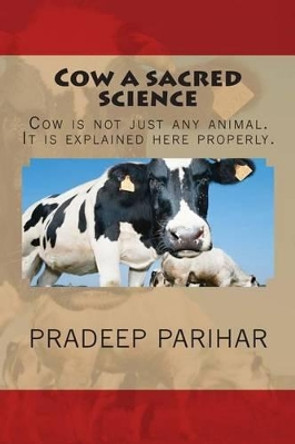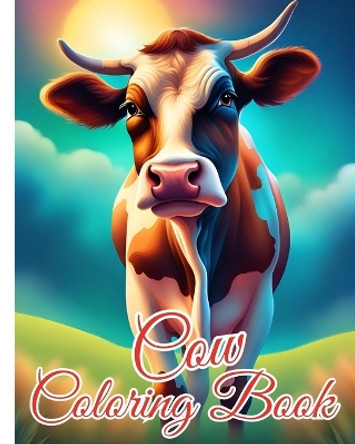Contemporary concerns about food such as those stemming from mad cow disease, salmonella, and other potential food-related dangers are hardly new-humans have long been wary of what they eat. Beyond the fundamental fear of hunger, societies have sought to protect themselves from rotten, impure, or unhealthy food. From the markets of medieval Europe to the slaughterhouses of twentieth-century Chicago, Madeleine Ferrieres traces the origins of present-day behavior toward what we eat as she explores the panics, myths, and ever-shifting attitudes regarding food and its safety. She demonstrates that food fears have been inspired not only by safety concerns but also by cultural, political, and religious prejudices. Flour from human bones and pA te from dead cats are just two of the more unappetizing recipes that have scared consumers away from certain foods. Ferrieres considers the roots of these and other rumors, illuminating how societies have assessed and attempted to regulate the risks of eating. She documents the bizarre and commonsensical attempts by European towns to ensure the quality of beef and pork, ranging from tighter controls on butchers to prohibiting Jews and menstruating women from handling meat. Examining the spread of Hungarian cattle disease, which ravaged the livestock of seventeenth-century Europe, Ferrieres recounts the development of safety methods that became the Western model for fighting animal diseases. Ferrieres discusses a wealth of crucial and curious food-related incidents, trends, and beliefs, including European explorers' shocked responses to the foodways of the New World; how some foods deemed unsafe for the rich were seen as perfectly suitable for the poor; the potato's negative reputation; the fierce legal battles between seventeenth-century French bread bakers and innkeepers; the role of the medical profession in food regulation; and how modern consumerism changed the way we eat. Drawing on history, folklore, agriculture, and anthropology, Ferrieres tells us how our decisions about what not to eat reflect who we are.
From the markets of medieval Europe to the slaughterhouses of twentieth-century Chicago, Madeleine Ferrieres offers a colorful and insightful history of how we've decided what not to eat. Ferrieres explores panics, myths, and changing attitudes regarding food as well as various attempts throughout history to ensure food safety. She demonstrates that fears of food have been inspired not only by safety concerns but also by cultural, political, and religious prejudices.About the AuthorMadeleine Ferrieres is professor of social history at the University of Avignon.Jody Gladding is a published poet and the translator of several works, including French Gastronomy: The History and Geography of a Passion.
ReviewsFerrieres cuts across historiographic heritages with intelligence and uncommon pertinence. Le Monde Ferrieres' accomplishment provides a historical foundation for anyone interested in development of public policy regarding what we eat. Booklist Its scholarly foundation is solid and extensive... She has read well and has chosen her texts... with care. -- Priscilla Ferguson Journal of Modern History An impressively researched addition to the Arts and Traditions of the Table Series... Filled with choice nuggets of food lore. Kirkus A study that has fascinating contemporary echoes... It is a dense but rewarding book. -- John Postgate Times Literary Supplement Well composed and excellently translated... a delightful excursion... Recommended. Choice Scholarly, densely written but fascinating. -- Ingebord Boyens Globe and Mail Sticks to a rich and well-exploited range of historical sources... Ferrieres argues convincingly. -- W. F. Bynum Nature An original and useful book. -- David F. Smith American Historical Review Truly groundbreaking. -- Richard Pillsbury The Historian
Book InformationISBN 9780231131926
Author Madeleine FerrieresFormat Hardback
Page Count 416
Imprint Columbia University PressPublisher Columbia University Press






